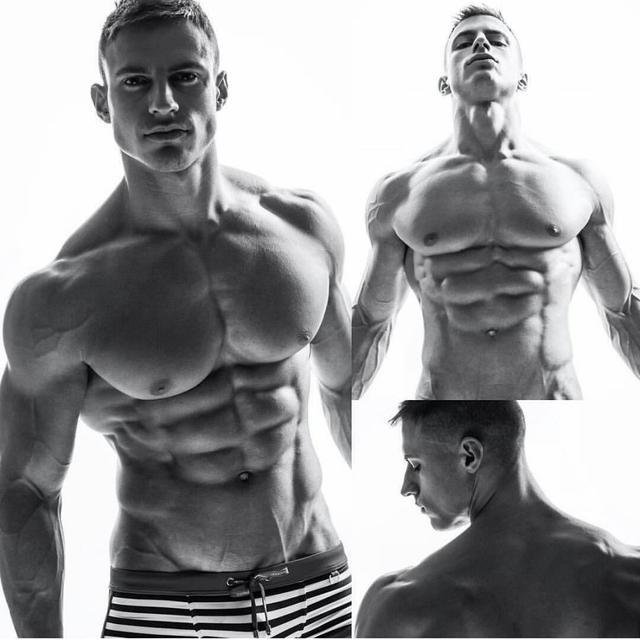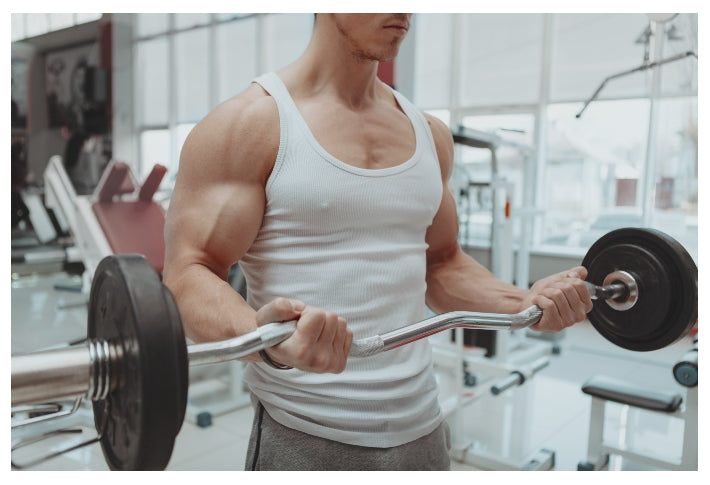
Almost all gymnasiums are equipped with "straight bar" and "curl bar" as standard for fitness users to choose to use, but many people don't know the difference between the two, usually for what purpose. Of course, there is no serious mistake in "what's useful for what's useful", but this kind of basic training equipment is still necessary for everyone to understand the differences.
Understanding the EZ Bar
The EZ bar, also known as the EZ curl bar or cambered bar, is characterized by its distinctive curved shape and angled grips. This design is intended to provide a more natural and comfortable hand position, reducing strain on the wrists and forearms during certain exercises.
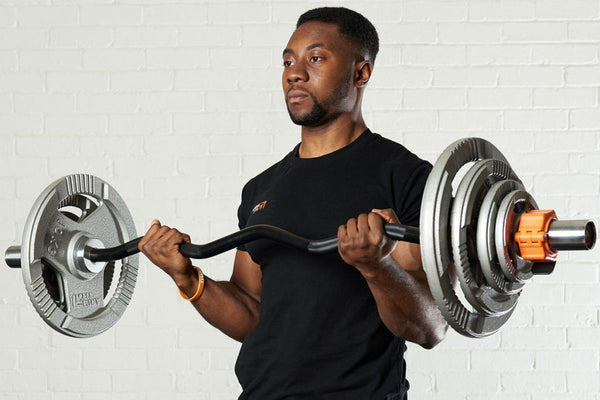
Benefits of the EZ Bar
- Reduced Wrist Strain The angled grips of the EZ bar allow for a more neutral wrist position, minimizing the excessive flexion or extension that can occur with a straight bar. This can be particularly beneficial for individuals with existing wrist issues or those seeking to minimize joint stress.
- Increased Range of Motion The curved design of the EZ bar can enable a greater range of motion during certain exercises, potentially leading to increased muscle fiber recruitment and enhanced hypertrophy (muscle growth).
- Versatility in Grip Positions Many EZ bars allow for both pronated (overhand) and supinated (underhand) grip positions, providing versatility in targeting different muscle groups within the same exercise.
- Enhanced Comfort and Grip Strength The thicker, knurled grips of the EZ bar can improve overall grip comfort and promote grip strength development, which can benefit various other exercises and functional activities.
The Classic Straight Bar
While the EZ bar offers unique advantages, the straight barbell remains a tried-and-true staple in strength training routines. Its simple, rigid design has stood the test of time, and it continues to be the go-to choice for many lifters and coaches.
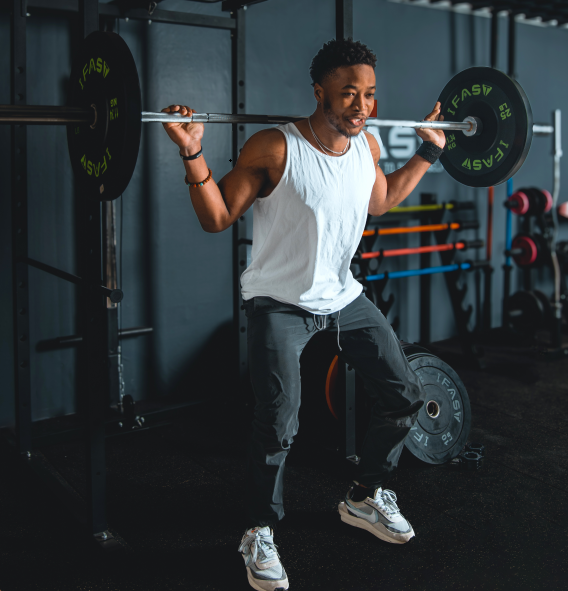
Benefits of the Straight Bar
- Maximized Efficiency Some experts argue that the straight bar allows for a more direct and efficient transfer of force, enabling optimal muscle activation and strength development.
- Increased Core Engagement Due to the straight bar's rigid design and the need to maintain an upright torso position during certain exercises, it can place greater demands on core stabilization and bracing, promoting overall core strength and stability.
- Simplicity and Accessibility Straight barbells are ubiquitous in gyms and home setups, making them a highly accessible and cost-effective option for most lifters.
- Improved Carryover to Other Lifts For individuals focused on increasing performance in compound lifts like the squat, deadlift, or overhead press, the straight bar may provide a more direct carryover due to the similar grip and bar path used in these exercises.
EZ Curl Bar Vs Straight Bar
There is a difference between wrist and elbow pressure
Straight bar and curl bar, the most commonly used arm training, don't care too much about the curl bar or straight bar in the compound movements such as horizontal push, rowing and shoulder pushing. Usually, straight bar is also used. For example, no one will use curl bar for horizontal push. Straight bar can keep the wrist in a neutral position, which is conducive to heavy weight. If curl bar is used, it will cause wrist distortion and easy to cause wrist injury.
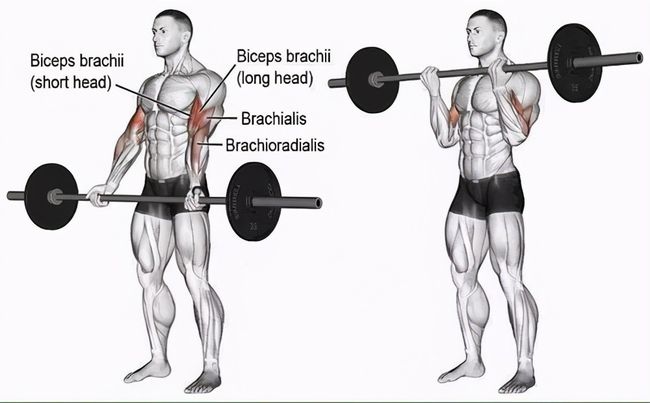
But there is also an exception, that is, some people prefer to use the narrow barbell push for the training of the chest muscle seam. Because the distance between the hands is very close, and even some people are almost close to each other, it is better to use the curl bar than the straight bar at this time, which may not feel great difference at the highest point, but the difference will become obvious in the process of slowly putting down: at the lowest point, the wrist pressure when using the curl bar will be significantly smaller than that of the straight bar, while when using the straight bar for narrow distance horizontal push, In order to reduce the pressure on the wrist, the body is likely to instinctively make the angle between the humerus and the body smaller, so it becomes a barbell push dominated by triceps brachii. However, the correct training of barbell push for triceps brachii is usually the same width as the body, and the straight bar is used (if you like to hold the distance very close, the curl bar is more friendly to the wrist); The angle between the humerus and the body side is more suitable for the dominant force of the pectoral muscle. But this is not the bench push mentioned in the previous paragraph. It can't use heavy weight.
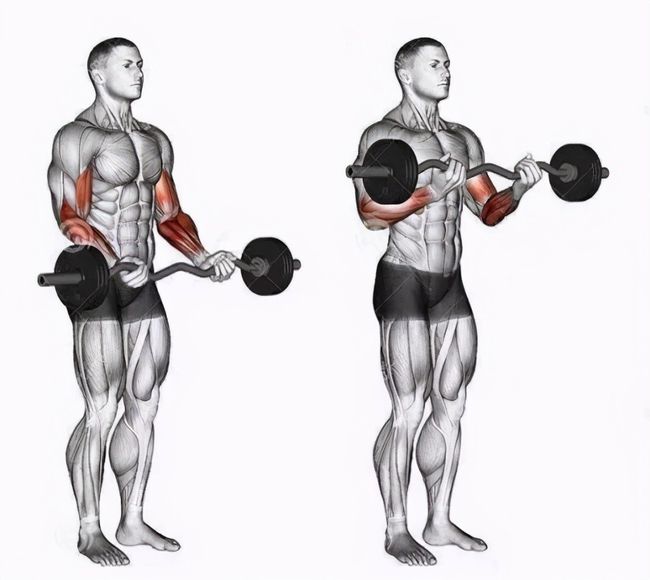
When training biceps brachii, what's the difference between using curl bar and straight bar to press wrist joint? Try to do the barbell curl with standard grip distance with empty hand, and keep the arm free from external rotation (when you try to keep the big arm close to the body and the palm upward, there is a tendency of external rotation), and keep the wrist in a neutral position. You will find that the palms are not completely facing the sky, but slightly opposite to each other. This shows the problem, that is, if the wrist is not in the neutral position when using the straight bar, and the curl bar is more in line with the wrist neutral position, it can also do more comfortable. Of course, as long as you don't use heavy weight, the twist of the wrist with a straight bar won't have a big impact.
But many people are used to let the arm close to the body and use the straight bar to bend. At this time, the arm is in the external rotation state. If you don't feel too uncomfortable with the elbow at this time, then you continue to have no problem.
In triceps brachii training, supine barbell arm flexion and extension and neck barbell arm flexion and extension are suitable for the use of curl bar, straight bar will make your wrist feel very uncomfortable; Another is the shoulder training movement: upright barbell rowing, the use of curl bar can also make the wrist more inclined and neutral position, protect the wrist. Of course, if you don't know your own situation, you can try them all and choose a more comfortable and natural one.
The difference of stimulation from different angles
The difference between straight and curved rods is mainly reflected in biceps brachii training, because the pressure on wrist and elbow can be relieved by adjusting. After all, I advocate safety as the main body building. In fact, in muscle stimulation, the use of straight and curl bars for barbell bending has its own advantages, and it is not to say which good or bad:
It is more favorable to use straight rod to bend the biceps muscle short head, because the use of straight rod, for the comfort of the wrist, the arm will have external rotation, which can stimulate the short head in this state;
When bending with curved rod, it is not the proper force position of short head. The short head loses the best force position, and the long head is slightly lengthened at this time, so the bending force of the bending rod tends to the long head. The reason why you use "something" is that standing bending is not suitable for long hair force position. It is the best force position only when the arm is at the back of the body, such as the dumbbell bending on the back of the body.
Exercise-by-Exercise Comparison
To truly understand the strengths and limitations of each bar, it's essential to examine how they perform across various exercises:
1.Biceps Curls
For biceps curls, the EZ bar is often favored for its ability to reduce wrist strain and enable a greater range of motion. The angled grips allow for a more comfortable and natural supinated (underhand) grip position, which can enhance biceps activation and peak contraction.
2.Skull Crushers
In the case of skull crushers, or lying triceps extensions, the straight bar may offer an advantage due to its ability to maintain a consistent and efficient bar path. The rigid design can promote better triceps engagement and minimize potential wrist strain during the movement.
3.Upright Rows
For upright rows, both the EZ bar and straight bar can be effective choices. The EZ bar may provide a more comfortable grip position and the ability to target the biceps more directly with a supinated grip, while the straight bar may offer increased core engagement and potential strength transfer to overhead pressing movements.
4.Bench Press
When it comes to the bench press, the straight bar is the overwhelming favorite due to its ability to maximize efficiency and force transfer. The rigid design and consistent bar path allow for optimal pectoral and triceps recruitment during the pressing motion.
5.Squats
In the case of squats, the straight bar is generally preferred for its ability to maintain an upright torso position and engage the core more effectively. The EZ bar's curved design can sometimes make it more challenging to maintain a consistent bar path and proper form during this compound lift.
6.Deadlifts
For deadlifts, the straight bar remains the gold standard, as its rigid design and consistent grip position allow for optimal force transfer from the ground up. The EZ bar's curved shape can potentially disrupt the natural bar path and leverage during this foundational lift.
IFAST 4ft/5ft Olympic Barbell Bar
Click and Shop👉here
We provide 4 ft straight barbell and EZ curl bar for you. These 4ft/5ft Olympic bars are primarily used for upper body muscle training such as wrist curls, second head curls, nape curls, supine curls, and more.

